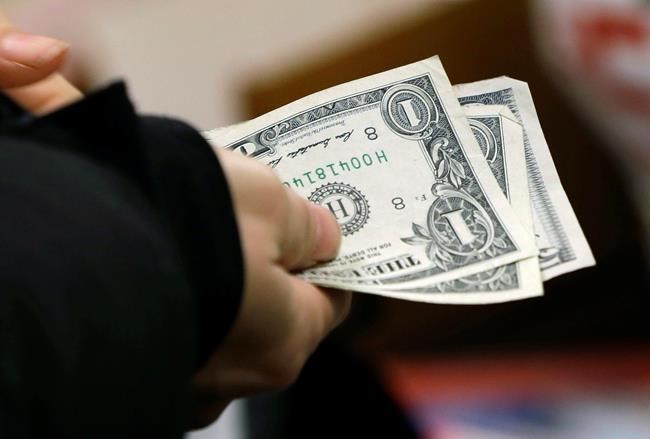
Americans take on more mortgage debt as housing recovers
WASHINGTON – More Americans are buying houses and taking on mortgage debt at a time when higher home prices are also boosting their ownership stakes.
The trends, revealed in a Federal Reserve report Friday, reflect the healing of the U.S. housing market nearly a decade after the real estate bubble burst.
The Fed’s quarterly report on household wealth showed that Americans’ net worth climbed 1.2 per cent during the April-June quarter, to $89.1 trillion. Stock and mutual fund portfolios increased 2.3 per cent to $21.2 trillion. Housing wealth rose 1.9 per cent to $25.6 trillion. The value of checking and savings accounts, as well as pension entitlements, also climbed.
Household wealth, or net worth, reflects the value of homes, stocks and other assets minus mortgages, credit card debt and other borrowing. The Fed’s figures aren’t adjusted for population growth or inflation.
Mortgage debt rose 2.5 per cent in the second quarter at a seasonally adjusted annual rate, the biggest quarterly gain in more than eight years. The increase appeared to reflect rising home sales, which reached a nine-year high in June before slipping the following month. Higher sales mean that more people are taking on mortgages.
But it also reflects a return to a normal housing market. More purchases are being made by actual homeowners and fewer by investors, who frequently pay with cash. All-cash sales fell to their lowest level in nearly seven years in July.
Still, the increase in mortgage debt remains tame by historical standards. Mortgage debt jumped at double-digit rates in 2004 and 2005, toward the end of last decade’s housing bubble. Americans were cashing out the equity in their homes while refinancing their mortgages and using the proceeds to support greater spending.
Home prices began to rebound in 2012, which has increased housing wealth. Ownership equity now equals 57.1 per cent of the value of Americans’ homes, the highest level since 2006. That figure had plunged as low as 36 per cent during the Great Recession, which officially began in December 2007 and ended in June 2009.
The overall increase in household wealth documented by the Fed’s report has likely been a boost to confidence. When Americans feel wealthier, they are likely to spend more, thereby providing a lift to the economy.
Still, most wealth in the U.S. is highly concentrated, and so the gains benefit a relatively narrow portion of the population. Roughly 10 per cent of Americans own 80 per cent of stocks.
Housing wealth is more widely spread but has narrowed recently. During the second quarter, the U.S. homeownership rate matched its lowest level in 51 years — 62.9 per cent, a half-point lower than a year earlier.
Join the Conversation!
Want to share your thoughts, add context, or connect with others in your community? Create a free account to comment on stories, ask questions, and join meaningful discussions on our new site.


















Leave a Reply
You must be logged in to post a comment.